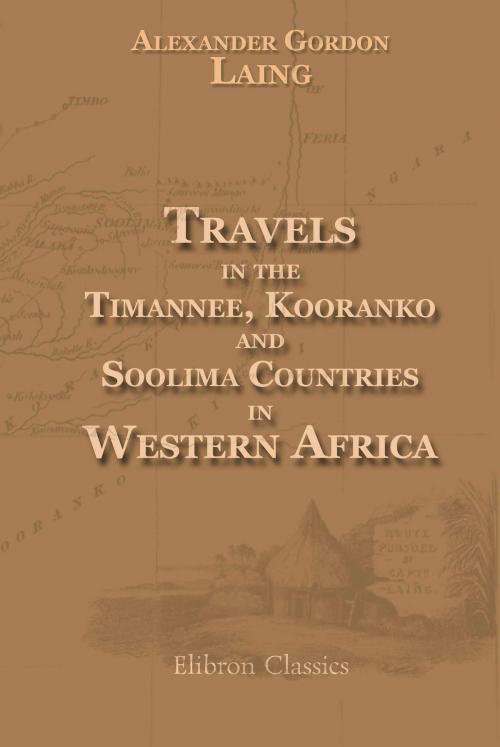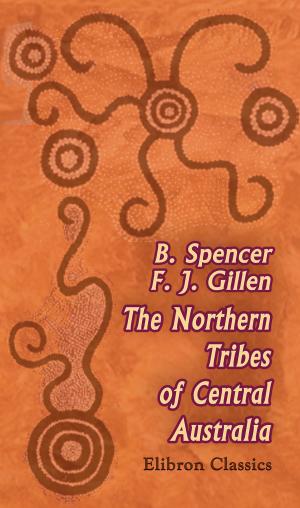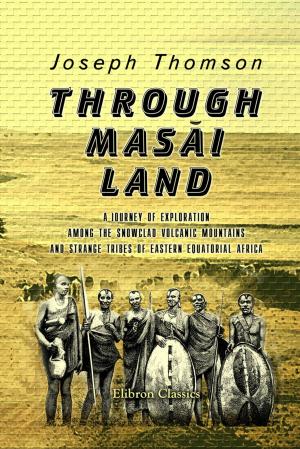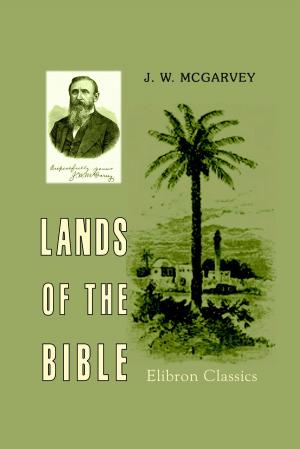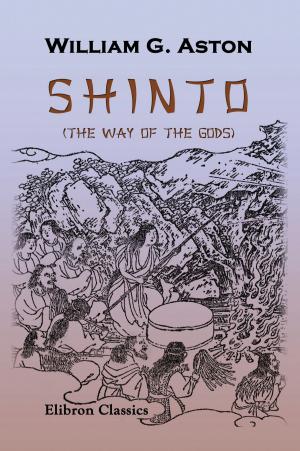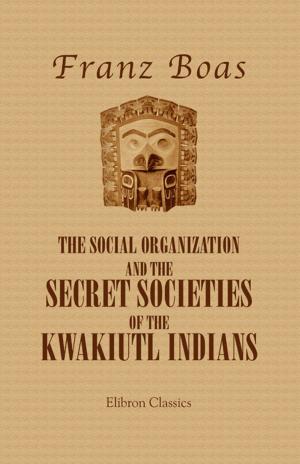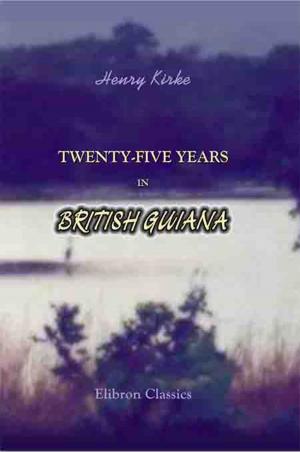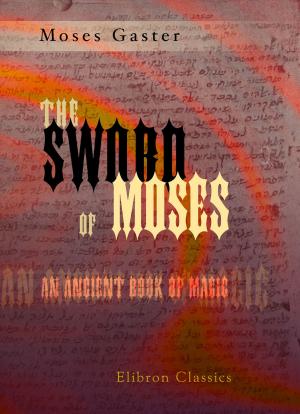Travels in the Timannee, Kooranko, and Soolima Countries, in Western Africa.
Nonfiction, Travel, Africa, History| Author: | Alexander Gordon Laing. | ISBN: | 9780543013590 |
| Publisher: | Adegi Graphics LLC | Publication: | June 25, 2013 |
| Imprint: | Elibron | Language: | English |
| Author: | Alexander Gordon Laing. |
| ISBN: | 9780543013590 |
| Publisher: | Adegi Graphics LLC |
| Publication: | June 25, 2013 |
| Imprint: | Elibron |
| Language: | English |
Elibron Classics. Replica of 1825 edition by John Murray, London.
This is an illustrated edition
Major Alexander Gordon Laing (27 December 1793 – 26 September 1826) was a Scottish explorer and the first European to reach Timbuktu via the north/south route. His travels as a member of the military brought him around the globe, from Jamaica, to Honduras, to Sierra Leone and beyond. In 1822, by then a captain, he transferred to the Royal African Colonial Corps. Together with a small escort, Laing headed up the Rokel River, through the mountains of Koranko country to Falaba. He went on to find the source of the Rokel, but was barred from seeking out the Niger though it was within sight. Despite that disappointment, he made one considerable geographical discovery. By measuring the height of the Niger, he managed to establish that it could not possibly flow into the Nile—a question that still plagued many geographers. In 1825, Laing took his journals from his African journey and used them to produce this work. Travels provides an engaging account of Laing’s expedition, including observations on the life and culture of the people he encountered. He illustrated the book and provided a useful map. Most importantly, he provided an oral history of Solima Yalunka, which proved indispensable to later historians.
Elibron Classics. Replica of 1825 edition by John Murray, London.
This is an illustrated edition
Major Alexander Gordon Laing (27 December 1793 – 26 September 1826) was a Scottish explorer and the first European to reach Timbuktu via the north/south route. His travels as a member of the military brought him around the globe, from Jamaica, to Honduras, to Sierra Leone and beyond. In 1822, by then a captain, he transferred to the Royal African Colonial Corps. Together with a small escort, Laing headed up the Rokel River, through the mountains of Koranko country to Falaba. He went on to find the source of the Rokel, but was barred from seeking out the Niger though it was within sight. Despite that disappointment, he made one considerable geographical discovery. By measuring the height of the Niger, he managed to establish that it could not possibly flow into the Nile—a question that still plagued many geographers. In 1825, Laing took his journals from his African journey and used them to produce this work. Travels provides an engaging account of Laing’s expedition, including observations on the life and culture of the people he encountered. He illustrated the book and provided a useful map. Most importantly, he provided an oral history of Solima Yalunka, which proved indispensable to later historians.
